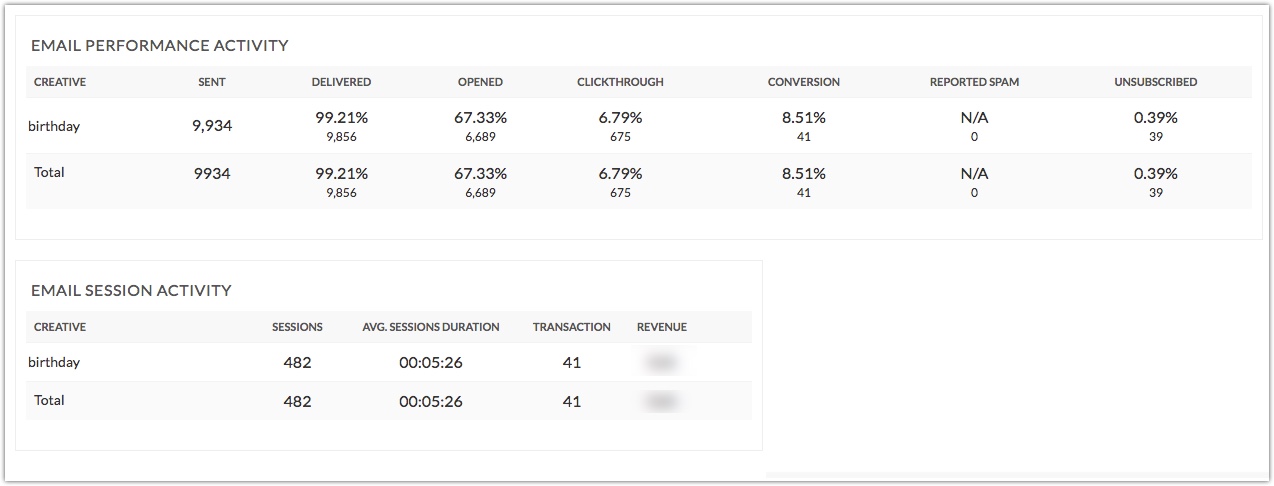A little intro to heat things up.
The modern web is built around advertising. While it has always been among the most important marketing concepts in western society, a successful marketing campaign requires an enormous amount of information. This is where customers’ tracking comes in place, but with it come some tricky questions: does tracking only benefit the seller, or it is a win-win scenario? What about user’s privacy, does tracking violate it? What is a real outcome from using tracking on your company’s site? Let’s tackle some basic facts before we make conclusions.
Why tracking appeared?
Every second someone opens an internet browser for online shopping, they click on product pictures, read descriptions or maybe add something to their wishlist. The final decision on purchase will depend on many factors, such as the product’s brand, the price, delivery conditions, customer’s mood, upcoming holidays, etc. But the time customer spends on your company’s website can give you valuable insight into a consumer’s behaviour. Using it, you can predict how customers will behave when interacting with your organization and respond accordingly.
To be more specific: tracking users’ behaviour tells owners/retailers where on their website/mobile app customers generally focus their attention. This information can reveal products that need an upgrade - improving their pictures or for a better place on a website. By tracking visitors on the website, you can predict their future behaviour. Even such information as cancellation of a purchase can provide insight into reasons that caused it. Knowing this, product owners can brainstorm over to improve the overall experience. Finding ways to optimize customer experience is a great way to get new customers; moreover, it’s one of the best ways to build customer’s loyalty and to achieve core business goals.
How to track and what to track?

Now let’s have a look at tracking. How does one work with it? Well, for starters there are no guesses! Only actual recordings of real visitor’s behaviour on your site. When it comes to the implementation, you should be focusing on the strongest indicators of visitors motivation and desire - their clicks, taps and scrolling behaviour (mouse movements). These factors can identify usability issues on the fly.
The next step is to improve the performance and experience of your website based on information collected from tracking visitor’s behaviour. This step starts with a good old question: “What does your customer want and what is preventing him or her from getting it?”.
One of the possible methods of getting an answer is to put several targeted questions to specific visitors on your web or mobile site. To do this, you must recruit the best possible participants for your research directly on your site! When answering your targeted questions, they will need to provide some of their profiling information and contact details. Offer a gift in exchange for their help (a discount or a promo code).
Some business examples of behaviour tracking.
At Kraken, we built tools that allow brands and online shops to achieve such levels of insight and to leverage it.
Online webshop – engaging visitors by incentivizing
One major online bookstore in the US wanted to improve their marketing and user engagement, and that’s where we came in.

Using our tracking, as well as our recommendation and personalization solution, the client implemented a neat little popup where users can enter their birth date to get a special birthday offer and/or discount.
Let’s talk numbers: there was an email campaign included in the project, running for first 6 months of 2017. Out of 9,934 users, 67.33% opened the email and 6.79% clicked-through. Out of that, 8.51% finalized a purchase. (Keeping in mind that usually click through and conversion numbers are in the vicinity of <5%, this is huge!) When you look at it closely, ask yourself how long you spend reacting to website popups. Not much, right? Well, these people spent almost 6 MINUTES on the site after clicking-through in the email and performed a purchase!

Brand awareness use-case
One well-known brand of pet-care products has a website where you can find anything related to your favourite pets: cats, dogs and more, with info on health, food ingredients etc.
That client wanted to raise brand awareness and engage with their visitors to learn more about them and their pets. The problem was that the site wasn’t a webshop and user couldn’t even log-in! How does one build a user profile if there are no users?
Luckily, the client has an offline-collected database of emails which they use for their newsletters. Thanks to our cross-device tracking solution, our personalization system is able to associate people’s actions and engagement even on a website without a login. We were able to implement a progressive-profiling project, asking a question every few visits and associate it with specific visitors (or better said, their pets), ultimately building a user profile.

The collected information was automatically used to recommend articles which might interest them as well as products that would be suitable for their pets.
By implementing a gentle profiling questionnaire, the client was able to personalize the website to suit each individual visitor, improving their experience by showing them content relevant to them. You can always expand this, but users do tend to be impatient so always remember to keep it simple – do not turn it into a 5-minute poll! After the campaign was over, reports showed that the bounce rate has decreased by 37%, and the number of sessions that last less than 10 seconds decreased by 20%. To make it simple - users stayed longer, were more interested in the content and that’s what the client wanted. It’s a win-win scenario!
What about the user, the customer or even me?
The word “tracking” carries negative connotations as it’s associated with “spying”. Most people worry about their personal data being stolen, sold and used without their permission. We will cover privacy issues in a separate article. Here we will mention how each of us personally wins from every day tracking.
One example is Pinterest.com (oh, I love it!). It basically scrapes the web by carefully listening to your wishes (“search token” to be specific). After you log in and select your favourites, the system remembers your preferences and wishes and voila - you get a bevvy of things related to your point of interest as well as possible variations. It saves your time!
Another great example is Amazon. If you ever bought your friend a funny t-shirt for their birthday, did you notice how many other items were suggested to you in the same category? Without a doubt there were plenty.
To conclude, the tracking behaviour is not a tool of evil “for invading one’s privacy”. It is simply a method to display content that you might be interested in rather than ads that are irrelevant and uninteresting to you.

